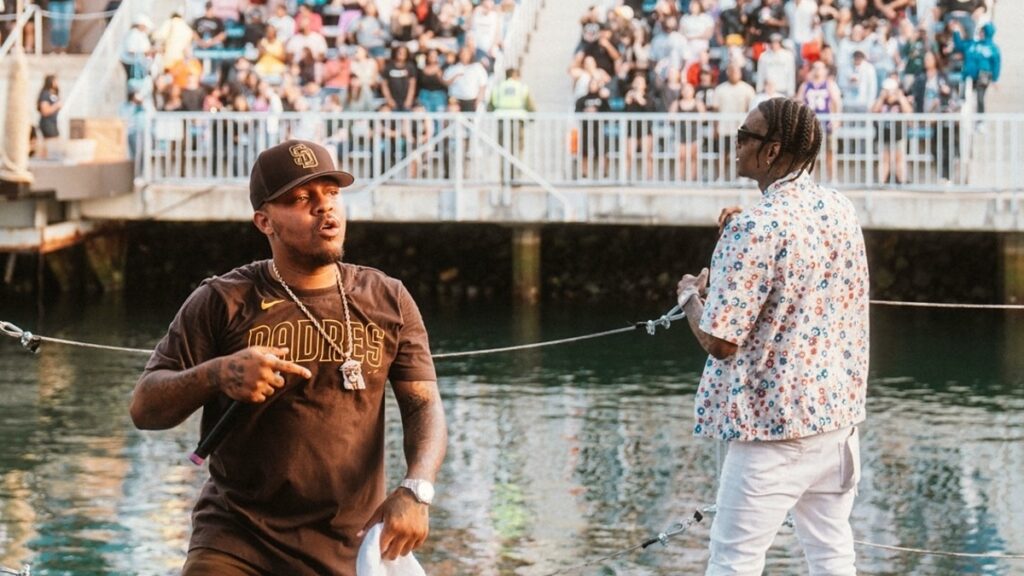At Sustainable Action Now, we advocate for a world where humanity coexists responsibly with all forms of life. Central to this mission is a critical examination of practices that impact animal welfare, especially concerning highly intelligent and sentient beings like marine mammals.
The debate surrounding marine parks and aquariums that house large marine animals, such as orcas and dolphins, is a significant ethical discussion. As conscious consumers and advocates for a better planet, it’s essential to understand the arguments raised by numerous sources and to explore alternatives that truly align with a sustainable and compassionate worldview.
The recent public outcry, exemplified by campaigns like the one urging @SouljaBoy and Bow Wow to cancel performances at SeaWorld, underscores a growing global awareness: “There’s NOTHING iconic about performing for a marine park that profits off animal suffering. Don’t sell out the animals for a check, cancel your #SeaWorld performance.” This sentiment reflects deep-seated concerns regarding the welfare of animals in such environments.
Arguments against keeping large marine animals in captivity, particularly orcas, are multifaceted and compelling, often centering on the following critical points:
- Inadequate Habitat Size and Spatial Restriction: Critics argue that the artificial environments of tanks and enclosures are fundamentally and profoundly too small for large, wide-ranging marine mammals. In the wild, orcas, for instance, traverse vast oceanic territories, engage in deep dives, and exhibit complex migratory patterns that span hundreds of miles. Confining them to limited, shallow spaces can lead to severe stress, chronic boredom, and the manifestation of abnormal, repetitive behaviors known as “stereotypies,” such as swimming in endless circles or repeatedly rubbing against tank walls. For creatures designed to navigate open oceans, a concrete tank, no matter how large, is akin to a bathtub, allowing less than 0.0001% of their natural habitat range.
- Forced Interactions and Performances: A major point of contention has been the use of highly intelligent animals in choreographed shows and forced interactions with humans. Organizations like SeaWorld have faced widespread criticism for these practices, which many view as exploiting animals purely for human entertainment and financial gain, rather than genuinely promoting their well-being or natural behaviors. Behaviors that might appear playful to an audience can, in a wild context, be signs of aggression or distress. The industry’s practice of training animals for tricks, often through food deprivation, further highlights this exploitation.
- Ethical Concerns in Breeding Programs: Serious ethical questions are raised regarding the practice of breeding marine mammals in captivity. When animals are born into environments where they are perpetually confined to tanks and unable to express their full range of natural instincts, the moral implications of perpetuating such a cycle become a significant ethical dilemma. While some facilities have phased out orca breeding, programs for other cetaceans may continue. Furthermore, the genetic viability of captive populations is often questionable due to inbreeding and hybridization, with offspring never being returned to the wild – a key component of true conservation breeding.
- Separation of Complex Family Units: For highly social animals like orcas and other cetaceans, family pods are not merely groups; they are sophisticated social structures essential for learning, hunting, communication, and emotional well-being. Reports of individuals, particularly young calves, being separated from their family units in captivity raise deep concerns about the profound psychological and social impact on these animals, potentially leading to trauma and stress. Cases like the separation of bonded polar bears have also resulted in animals dying shortly after, suggesting severe psychological distress.
- Health and Longevity Under Scrutiny: While it remains a point of contention and ongoing debate, numerous studies have suggested that orcas and other marine mammals in captivity may exhibit shorter lifespans compared to their wild counterparts. Factors such as unnatural diets, exposure to excessive UV radiation, stress-induced behaviors like tooth damage from chewing on concrete (leading to painful dental procedures, often without pain relief), and susceptibility to infections not commonly found in wild populations contribute to these concerns. For instance, collapsed dorsal fins in male orcas are almost universal in captivity, yet rare in the wild and often indicative of ill health and lack of deep-water swimming. Medications like Valium are also reported to be administered to manage stress and neurotic behaviors.
- Inherent Unethical Nature of Captivity for Sentient Beings: For many animal welfare advocates, the fundamental belief is that keeping large, intelligent, and wide-ranging animals like orcas and dolphins in captivity solely for human entertainment is inherently unethical, regardless of the conditions provided. The argument posits that no artificial environment, no matter how meticulously designed, can truly replicate the complexity, sensory richness, and vastness of their natural ocean home. These are wild animals, not performers, and their mental health suffers significantly from the trauma of incarceration, leading to depression, self-harm, and aggression. The “smile” of a dolphin, for example, is a fixed anatomical feature and does not indicate contentment.
Important Note: It’s crucial to acknowledge that marine parks and aquariums, including SeaWorld, frequently respond to these criticisms by emphasizing their contributions to vital conservation efforts, significant marine research, and continuous improvements in animal care practices. They highlight their role in educating the public and their involvement in the rescue, rehabilitation, and release of injured or stranded marine animals. However, critics often counter that the educational value is skewed, presenting a distorted view of natural behaviors, and that true conservation efforts are limited compared to the scale of their operations.
For those who seek to connect with marine life in a manner that fully respects their inherent wildness and promotes their welfare, there are increasingly powerful and enriching alternatives:
- Responsible Whale and Dolphin Watching Tours: The most authentic and awe-inspiring experience often lies in observing marine animals in their natural, expansive habitats. Reputable whale and dolphin watching tours offer incredible opportunities to witness these magnificent creatures exhibiting their natural behaviors, undisturbed and free in their ocean home. Look for tours that adhere to strict ethical guidelines regarding distance and interaction, ensuring minimal disruption to the animals.
- Immersive Virtual Reality and Educational Documentaries: Cutting-edge immersive technology and high-quality educational documentaries provide incredible, in-depth insights into marine life and their ecosystems. These resources allow for learning and appreciation without impacting the animals’ freedom. They offer a window into their world, showcasing natural behaviors and habitats in a way that confinement never can.
- Aquariums with a Dedicated Focus on Conservation and Rehabilitation: Not all aquariums are the same. Seek out facilities that genuinely prioritize the rescue, rehabilitation, and eventual release of marine animals, focusing their mission on scientific research, education, and species preservation rather than entertainment-driven performances. These institutions often play a critical and ethical role in caring for injured wildlife and promoting broader marine conservation initiatives, sometimes serving as temporary homes for animals too injured to be released.
By making conscious choices and supporting organizations and experiences dedicated to the well-being and freedom of marine animals, we can collectively drive a more sustainable and compassionate future for our planet’s precious oceans and the incredible creatures that call them home. To delve deeper into the complexities of dolphin captivity and learn more about taking action, please visit https://sustainableactionnow.org/dolphins-in-captivity/.


